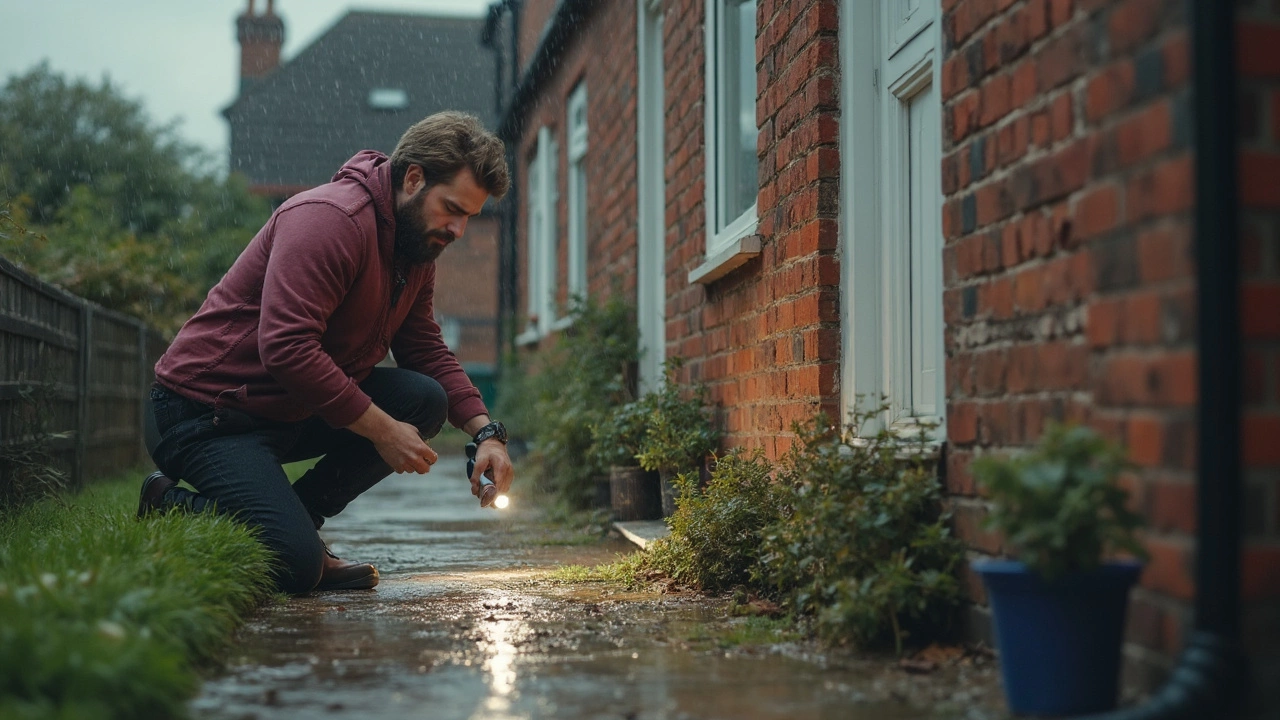Home Damage: What Every Homeowner Should Know
When your house starts showing cracks, leaks, or sagging floors, the first instinct is to panic. But most damage follows a pattern, and knowing the pattern lets you act fast and save money. Below you’ll find the most common signs, what they usually mean, and the steps to fix them – whether you roll up your sleeves or call in a professional.
Typical Signs of Damage
Cracks in walls or foundations often appear as thin lines at first, but they can widen with moisture or soil movement. If the crack is wider than a quarter inch, runs diagonally, or keeps growing, it’s a red flag that the foundation is shifting. Older homes are especially prone to this because the soil under them settles over decades.
Uneven floors or doors that stick usually point to foundation movement or water damage. A floor that bounces or a door that refuses to close properly often means the framing has warped. Checking for a level with a simple carpenter’s level can confirm the issue.
Roof leaks show up as water stains on ceilings or damp spots in the attic. Look for missing shingles, cracked flashing, or clogged gutters – all easy to miss until a storm hits. A roof that’s been patched repeatedly may need a full replacement rather than a spot fix.
Dampness and mold in basements or new builds often signal poor drainage or inadequate waterproofing. A musty smell, visible black spots, or a feeling of humidity is a sign that moisture is getting into the structure. Addressing it early prevents costly structural decay.
Choosing Repair vs. Replacement
Not every problem requires a full demolition. Small hairline cracks can be sealed with epoxy or polyurethane injections – a DIY job if you’re comfortable with the tools. For larger foundation cracks, a structural engineer’s assessment is a must; they’ll recommend piering, slabjacking, or wall reinforcement.
Roof repairs are similar. Replacing a few shingles or resealing flashing can restore the roof’s integrity for a few years. But if the deck has rotted, the rafters are sagging, or you’re approaching the roof’s 20‑year lifespan, a complete replacement protects the house and boosts resale value.
When it comes to walls, plaster or drywall cracks that keep reappearing often hide deeper water damage. In such cases, removing the affected material, fixing the source of moisture, and reinstalling fresh panels is usually more cost‑effective than continual patch‑ups.
Always weigh the cost of a repair against the long‑term benefit. A quick fix that fails within a year ends up costing more than a solid replacement done right the first time. Get at least two quotes, ask each contractor to explain their method, and make sure warranties are in writing.
In summary, spotting home damage early, understanding what each sign means, and choosing the right repair path can save you thousands and keep your house safe. Keep an eye on cracks, moisture, and roof wear – a little vigilance goes a long way toward a sturdy home.
Foundation Crack: What Happens If You Don't Fix It?

Ignoring foundation cracks might seem harmless at first, but it can quickly turn into a nightmare for any homeowner. This article breaks down exactly what happens if you don't fix a foundation crack, from small leaks to serious structural issues. You'll learn why early repair is always cheaper and smarter, plus get a few tips on spotting trouble before it gets worse. Understanding the risks and signs can save you from a lot of headaches. Get the facts before the cracks get bigger.
read moreAre Sagging Floors Covered by Insurance? Straight Talk for Homeowners

Wondering if your insurance will pay for fixing sagging floors? This article breaks down what you need to know about insurance coverage for foundation issues, including how insurers see sagging floors, what causes them, and what policy loopholes to watch out for. Learn what steps help you get a claim approved, and explore honest tips for protecting your home and your wallet. Real talk, no fluff—just useful advice every homeowner should hear.
read more



